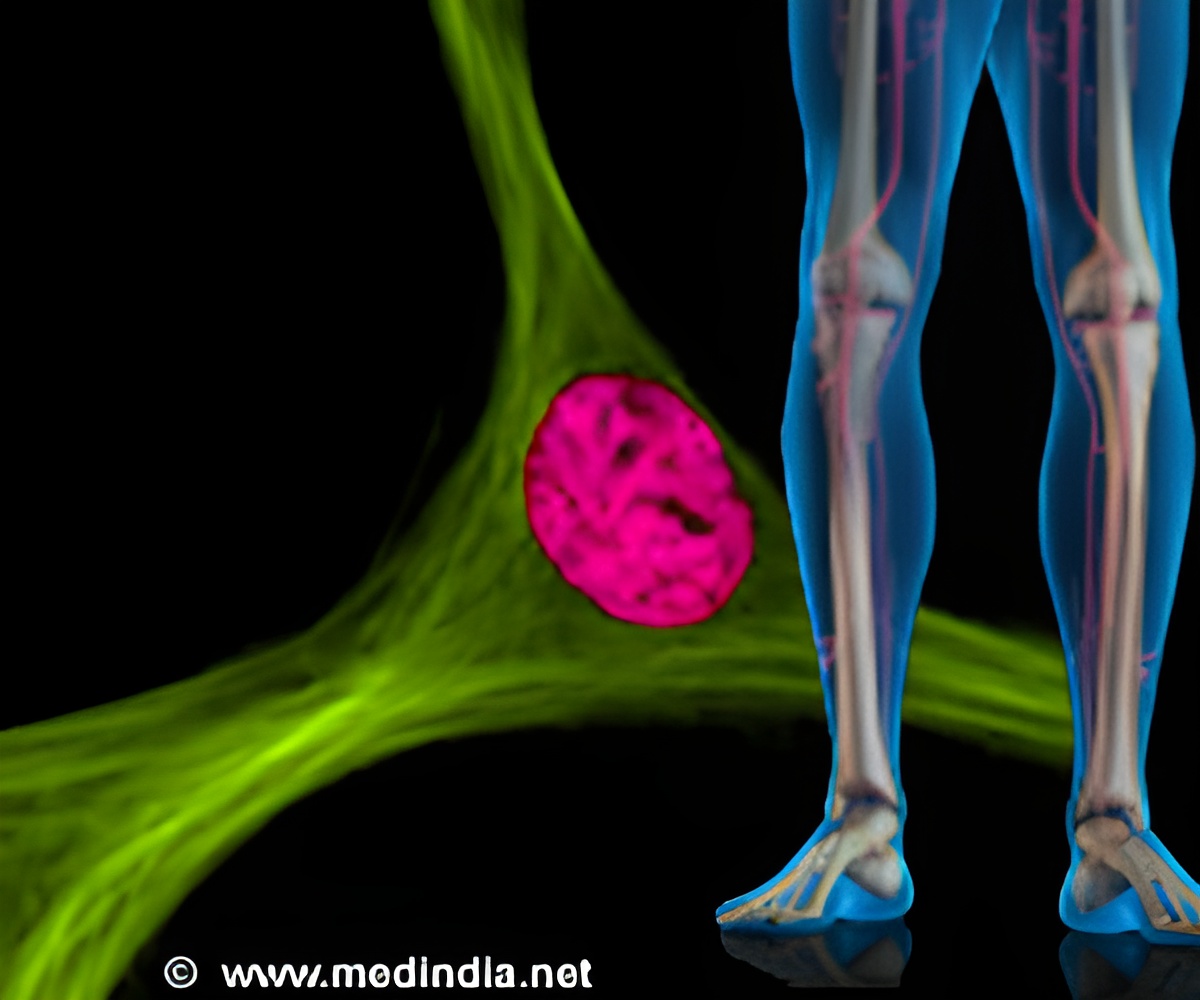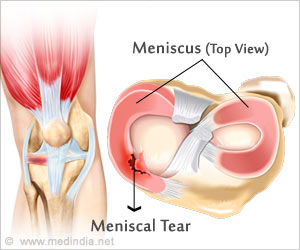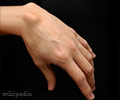Cartilage serves as a shock absorber for the human body, lubricating joints and helping them move smoothly. Its texture is softer than bone.

‘The structure of cartilage has a more complicated zonal organization than previously thought, insights that could improve future generations of engineered cartilage.’





This week in ACS Central Science, researchers reveal that the structure of cartilage has a more complicated zonal organization than previously thought, insights that could improve future generations of engineered cartilage.The cartilage of the extracellular matrix is made up primarily of a protein called collagen -- which is also found in skin, connective tissue and blood vessels -- and of complex sugars called glycosaminoglycans. Cartilage is typically described as having three distinct zones across its depth wherein the specific content and orientation of these biomolecules varies.
Engineered cartilage could be a useful approach to treat several joint disorders, but there is concern about how long these materials will last in the body, and whether these compounds truly reproduce the form and function of native cartilage. So Molly M. Stevens and colleagues sought to study both natural and engineered cartilage to determine the biochemical composition and collagen orientation of these materials.
The researchers used an imaging technique called Raman spectroscopy, which measures and compares how materials scatter light. In the natural cartilage samples, the results revealed not three zones, but at least six identifiable zones with different molecule compositions and orientations.
The authors say the method could help scientists compare the quality of engineered cartilage material with native cartilage to help identify strategies that improve lab-made tissues, which could someday replace damaged cartilage in the body.
Advertisement











